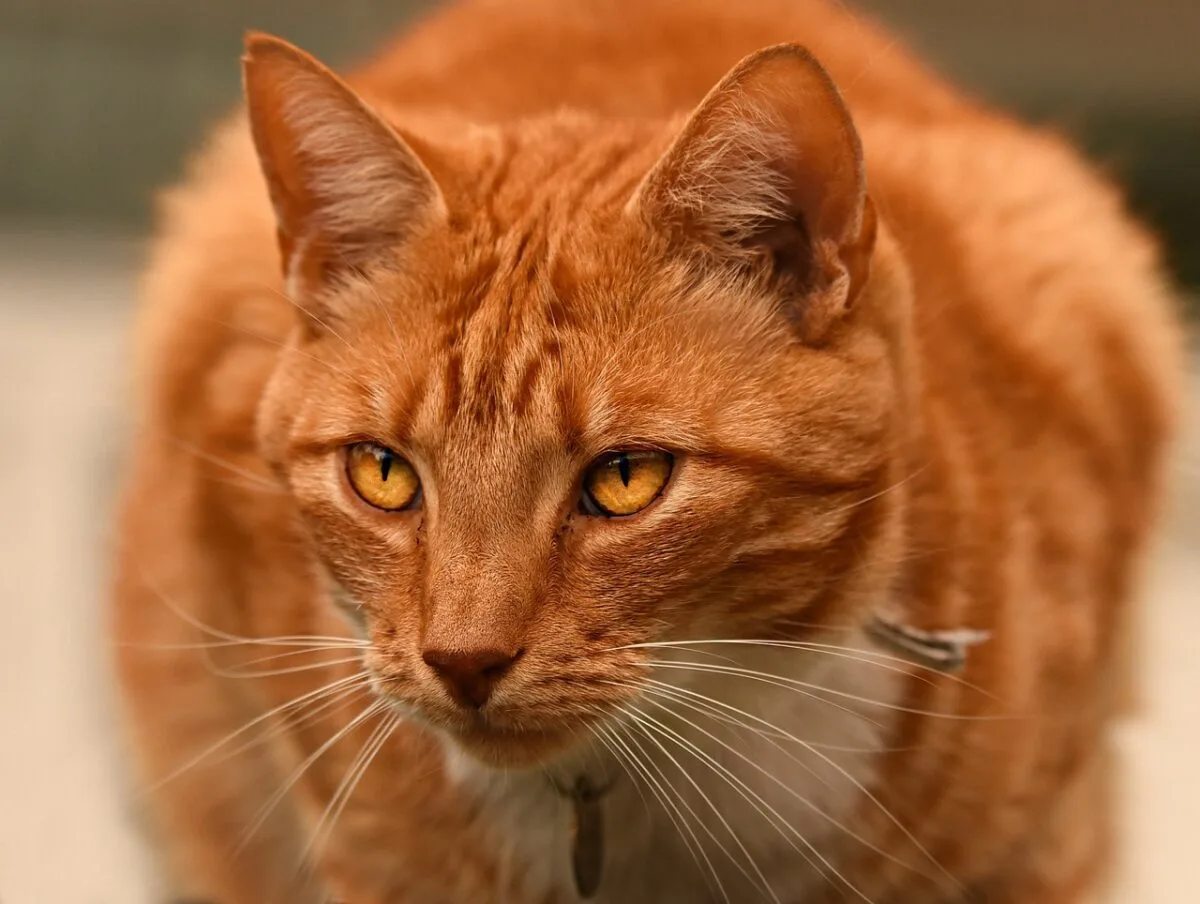In this post we’ll acquaint ourselves with the Somali Cat – famous for majestic fur coat and social personality.
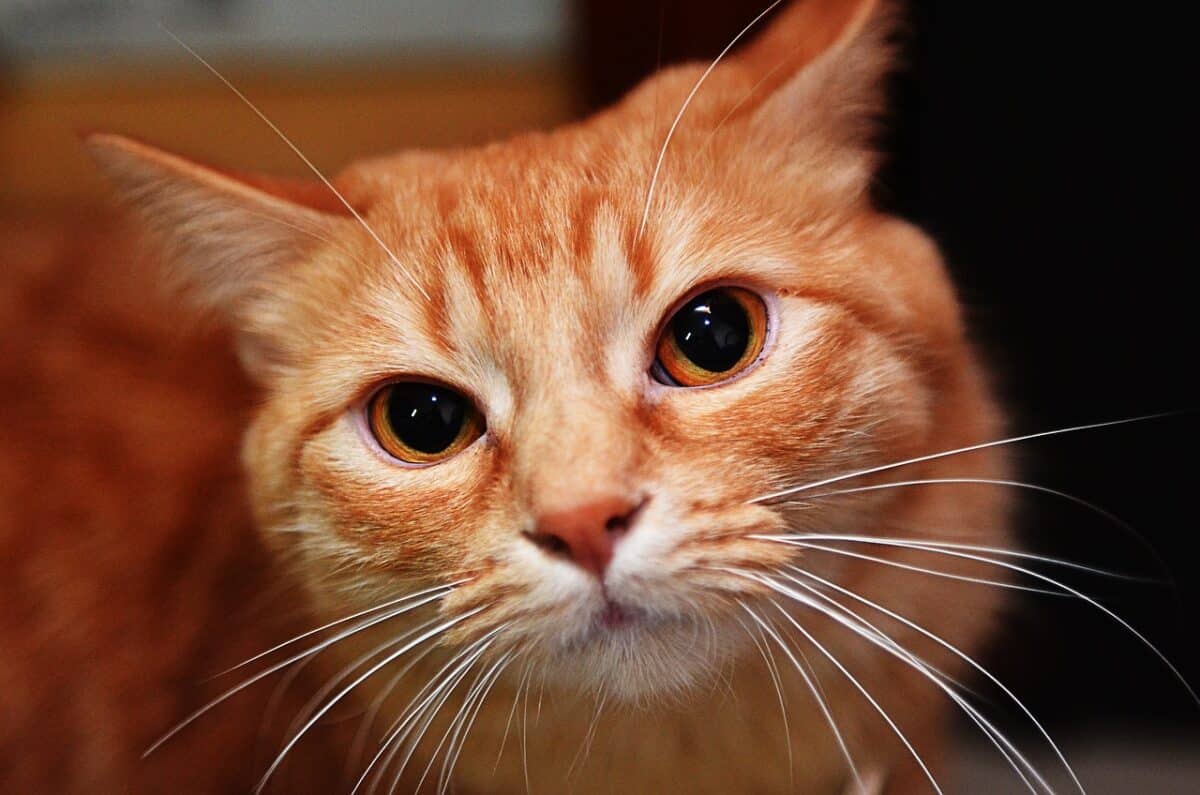
From their eye-catching fur and unique genetic history, there has been abundant curiosity surrounding the Somali breed. This post will dive deep into their fascinating anatomy and physiology, uncovering what makes these cats unique.
Embark on a journey that reveals all the knowledge needed to understand this enchanting species! You’ll get an in-depth look at the physical differences between each type of coat variation and why they have become such popular housepets.
Additionally, understanding how to take care of Somalis is crucial to ensure they live a healthy lifestyle. We’ll be providing tips and tricks along the way—it’s your one-stop source for all things Somali!
Overview of Somali Cats
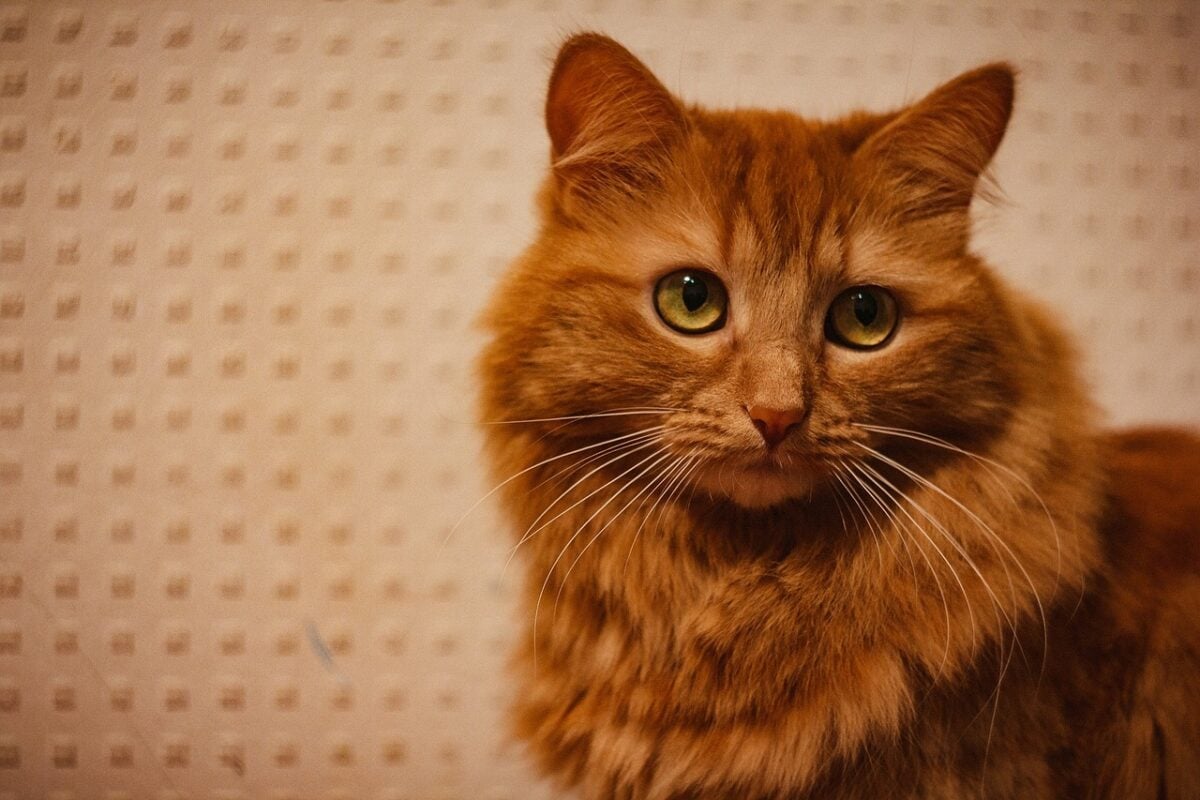
People recognize Somali cats by their graceful, medium-long coats with bushy tails and cuffs and their wide range of vibrant colors. It has become increasingly popular with cat lovers who appreciate its wild yet gentle demeanor, as well as its charismatic personality. All of these traits have contributed to its emergence as one of America’s top 20 most popular spotted breeds of cats.
Origin
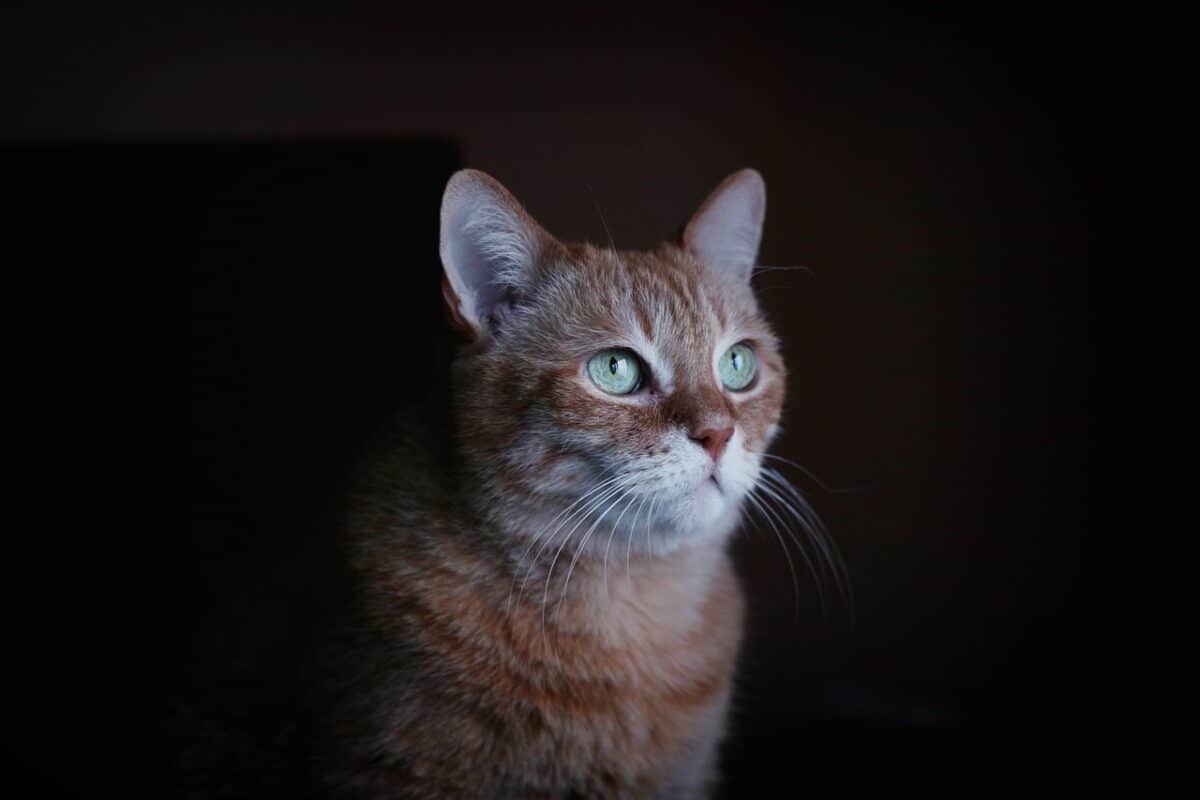
The Somali cat is a long-haired breed often called a “fox cat.” This is due to its strikingly bushy tail and reddish-golden fur. The breed originated in America in the 1950s. At this time, breeding programs aimed to create a long-haired version of the Abyssinian cat breed.
The Abyssinian is an ancient breed that originated in Ethiopia’s fertile land, formerly known as Abyssinia. In the 1900s, British and American breeders started bringing Abyssinians from North Africa due to their ever-growing popularity. Later, some of these same breeders began experimenting with crossbreeding long-haired Abyssinians to form a new type of cat.
The first documented long-haired Abyssinian was born in 1952, and breeders began to develop the breed further from there. The new species was initially called the Shorthaired Longhair. Later, it was renamed the Somali (after the country that borders Ethiopia to the east.)
The Somali cat soon gained popularity in America and other parts of the world for its striking appearance, intelligence, and friendly temperament. Today many cat enthusiasts love it for its playful and affectionate nature. The Somali cat’s fascinating history and unique appearance make it a favorite of both cat breeders and fanciers.
Characteristics of a Somali Cat
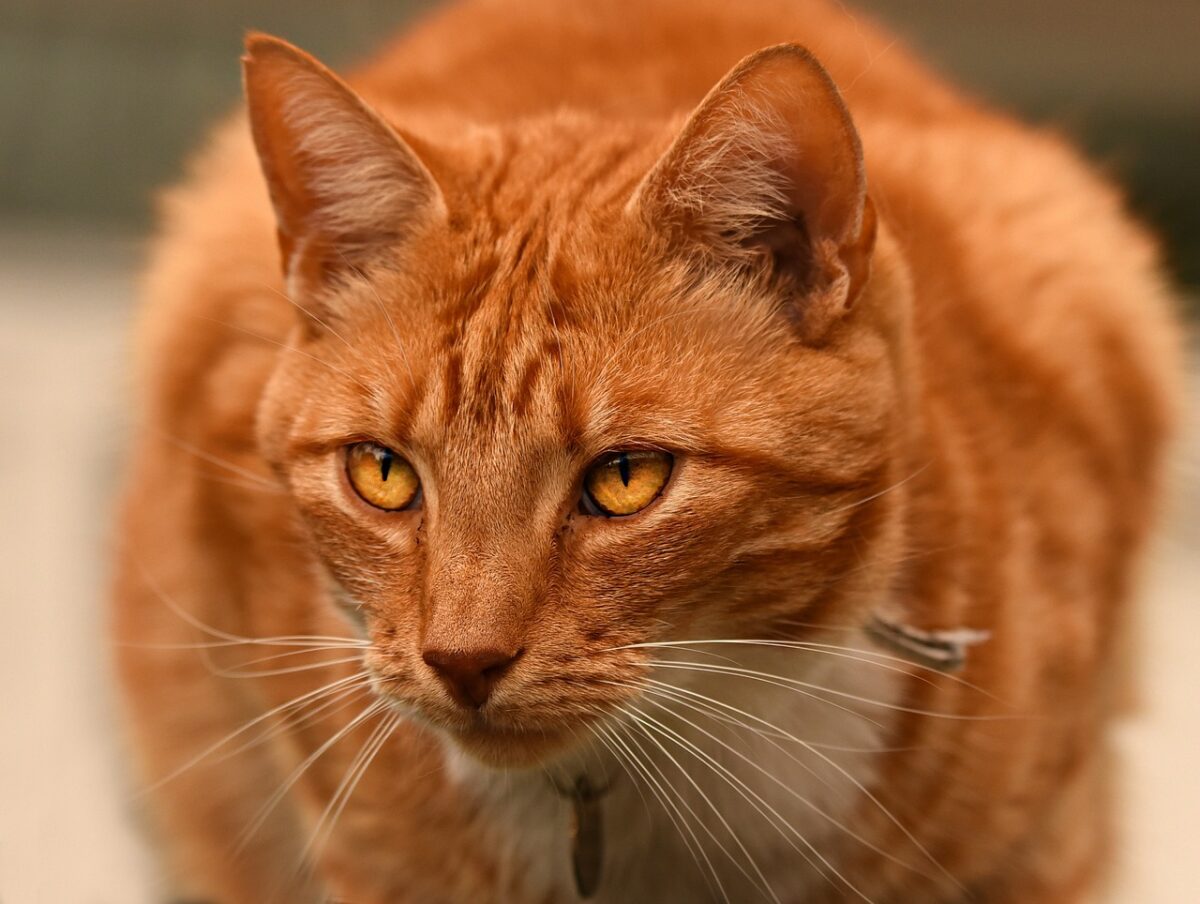
The Somali cat is an intelligent, playful cat characterized by a long, lean body, tufted ears, and a bushy tail. They are “long-haired Abyssinians,” and their coats are strikingly similar. Somalis typically feature multi-layered coats with ruffled neck fur and penciling in shades of red or ruddy. Alternatively, they can also come in cinnamon or blue colors.
In addition to their excellent looks, Somalis foster affectionate personalities and cheerful dispositions. They thrive when given plenty of attention and activities that keep them engaged through physical exercise and mental stimulation. A Somali cat is an excellent option if you’re looking for an active, entertaining companion with elegant beauty!
Nutrition Requirements
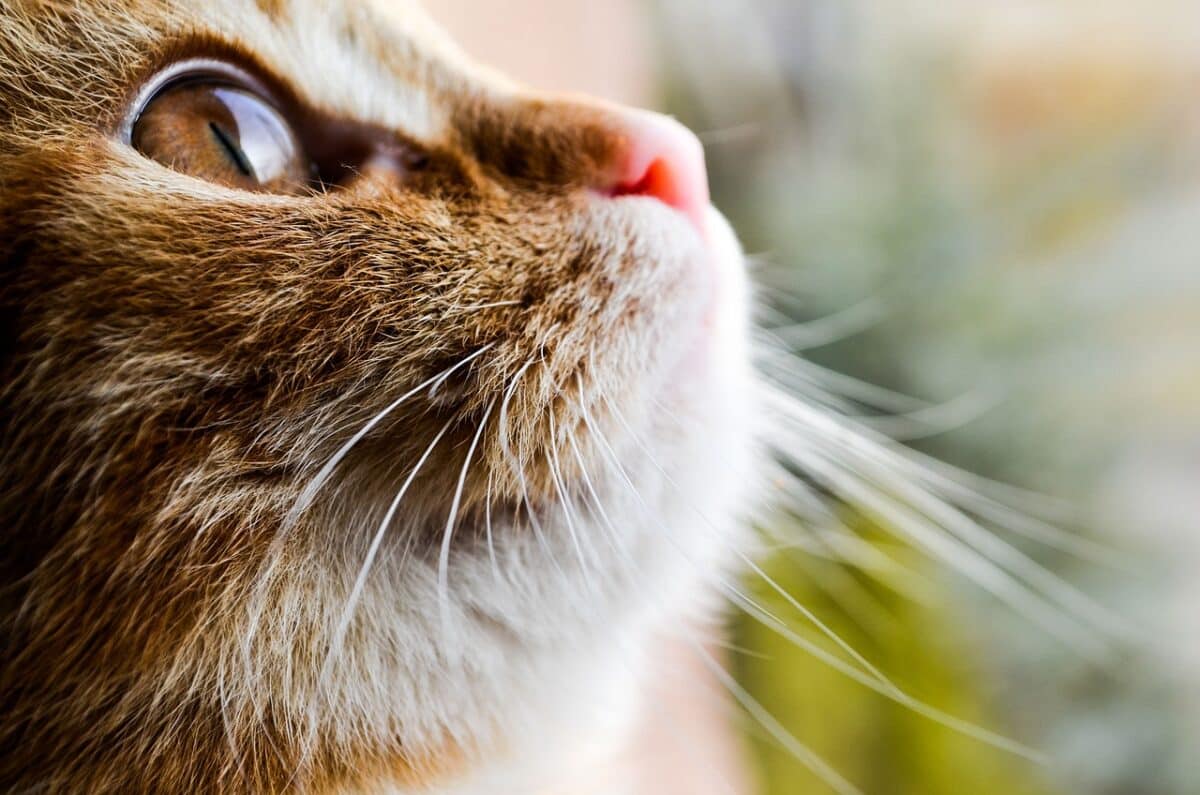
To ensure your Somali cat remains in optimal health, providing them with a well-rounded diet rich in taurine – an amino acid found in animal tissue – is essential.
High-quality proteins such as eggs, poultry, and fish should also be part of the daily dietary plan to guarantee they receive all the vital nutrients their body needs for longevity. Investing time in creating a customized nutrition chart tailored for your kitty can help keep them happy and healthy, preferably with the assistance of your vet.
Low carbohydrate ingredients such as fruits and vegetables are also essential components of a well-balanced meal for your Somali cat.
To ensure your Somali cat receives the essential vitamins, minerals, and fatty acids for optimum health, consider supplementing its diet. With these added nutrients, you can guarantee your beloved feline will live a long and active life.
Grooming Needs and How To Care For a Somali Cat
Somali cats require much less grooming than most other long-haired breeds. That being said, they still need essential maintenance for their luxurious coats. These felines are easy to brush – a weekly combing or brushing session is good enough. Keep a towel nearby when bathing them, as they tend to become defensive when put in water (as most cats do.)
For those raising Somali cats, regular health check-ups and nail trims are essential; this will help ensure your cat stays in its best shape. Moreover, provide quality food and clean water daily. Always create an environment full of love and education since these cats are naturally curious.
Exercise and Playtime Requirements
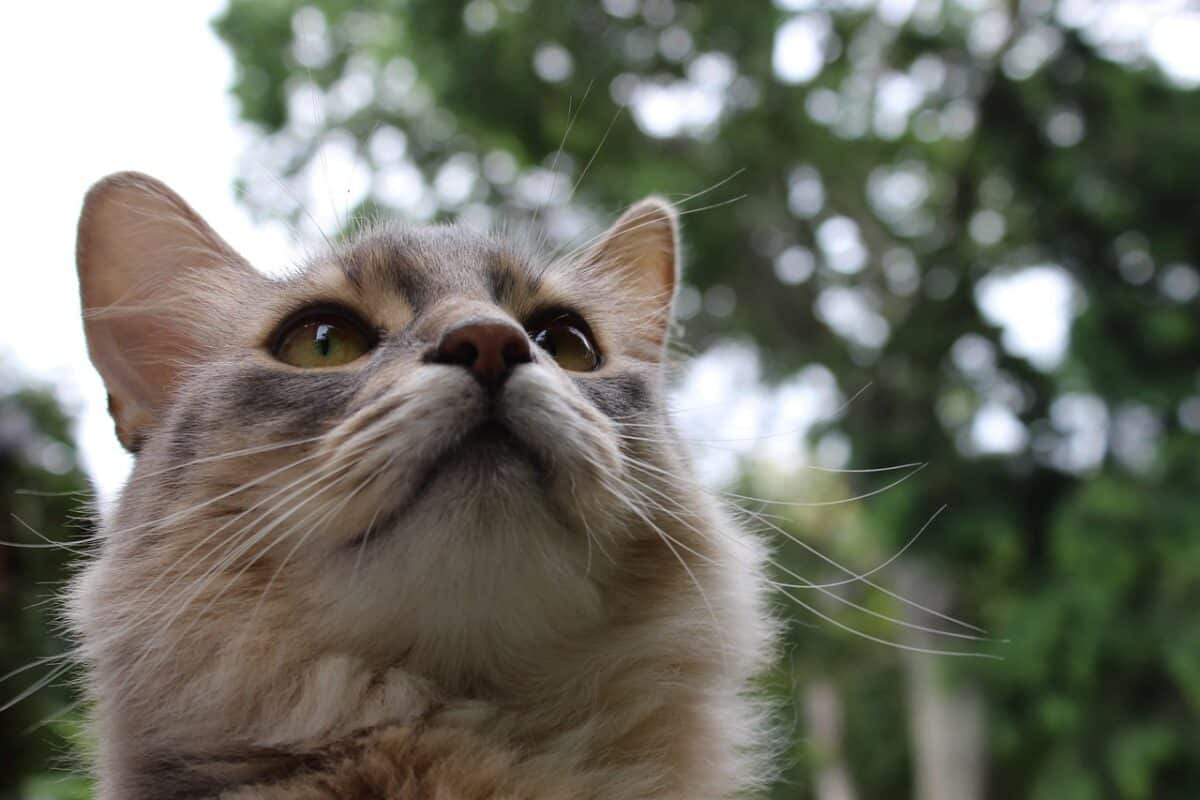
Exercise and playtime are essential for the Somali cat’s well-being as it helps keep them physically healthy and prevents boredom. Activities requiring jumping and climbing, like chasing a feather wand or a laser pointer, help develop and maintain balance, agility, and alertness.
Playing with toys also provides valuable mental stimulation to their active minds. Should your Somali cat have access to an outdoor environment, it should go out frequently for added exercise. Whatever their living arrangements, Somalis should have plenty of physical and mental exercise opportunities daily to stay healthy and happy.
Temperament
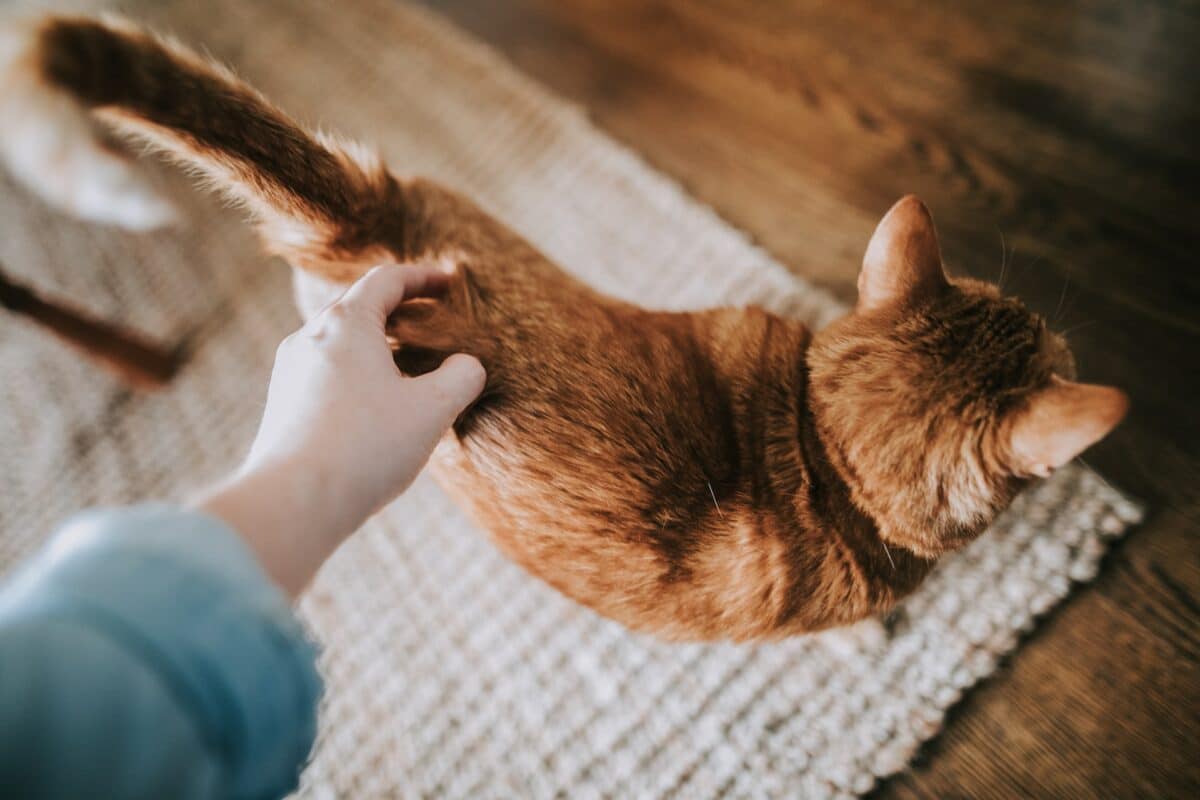
The Somali cat is a brilliant, curious, and energetic breed with a friendly and affectionate temperament. They interact with owners, often following them around the house and seeking attention. Unsurpassed in their sociability, Somalis have an affinity for spending time with family and anyone who comes to visit your house.
They also possess a mischievous playfulness that manifests through the appreciation of games and toys. These cats are active and often run, jump, and explore their surroundings. Somalis are also highly trainable, can be taught tricks – and even walk on a leash.
Despite their playfulness, Somalis can equally be relaxed and cuddly. They enjoy sitting on laps and love curling up beside their owners for a good snuggle.
Not only are Somalis full of kindness and good-natured playfulness, but they also boast remarkable intelligence. They revel in challenges such as problem-solving or figuring out the inner workings of something new, taking great delight in exploring their environment.
Common Health Issues of Somalis
Somali cats are beautiful and loyal companions. Still, they can develop a range of health issues. The key to maintaining healthy Somalis is an attentive owner who helps take proactive steps to protect them from potential health ailments.
Common problems that affect Somalis include obesity, dental disease, and respiratory illness. The latter is due to their brachycephalic face and compacted airway.
Fortunately, these issues can be substantially reduced or entirely avoided by supplying your pet with a nutritious diet and routine veterinary check-ups for proper diagnosis and prophylactic treatments.
Furthermore, it’s essential to give them plenty of exercise opportunities to avoid obesity.
Key Points
| Somali cats have a unique genetic history and a fascinating physiology. |
| They are recognized by their medium-long coats, bushy tails, cuffs, and vibrant colors. |
| The Somali cat originated in America in the 1950s through breeding programs that aimed to create a long-haired version of the Abyssinian cat breed. |
| Somalis have an intelligent and friendly temperament, are active and playful, and require plenty of attention and activities that keep them engaged. |
| Exercise and playtime are essential for their well-being. They need activities involving jumping and climbing, mental stimulation, and access to an outdoor environment for added exercise. |
| Nutrition needs for a healthy Somali cat include a diet rich in taurine, high-quality protein sources, low carbohydrate ingredients, and supplemental vitamins, minerals, and fatty acids. |
Conclusion
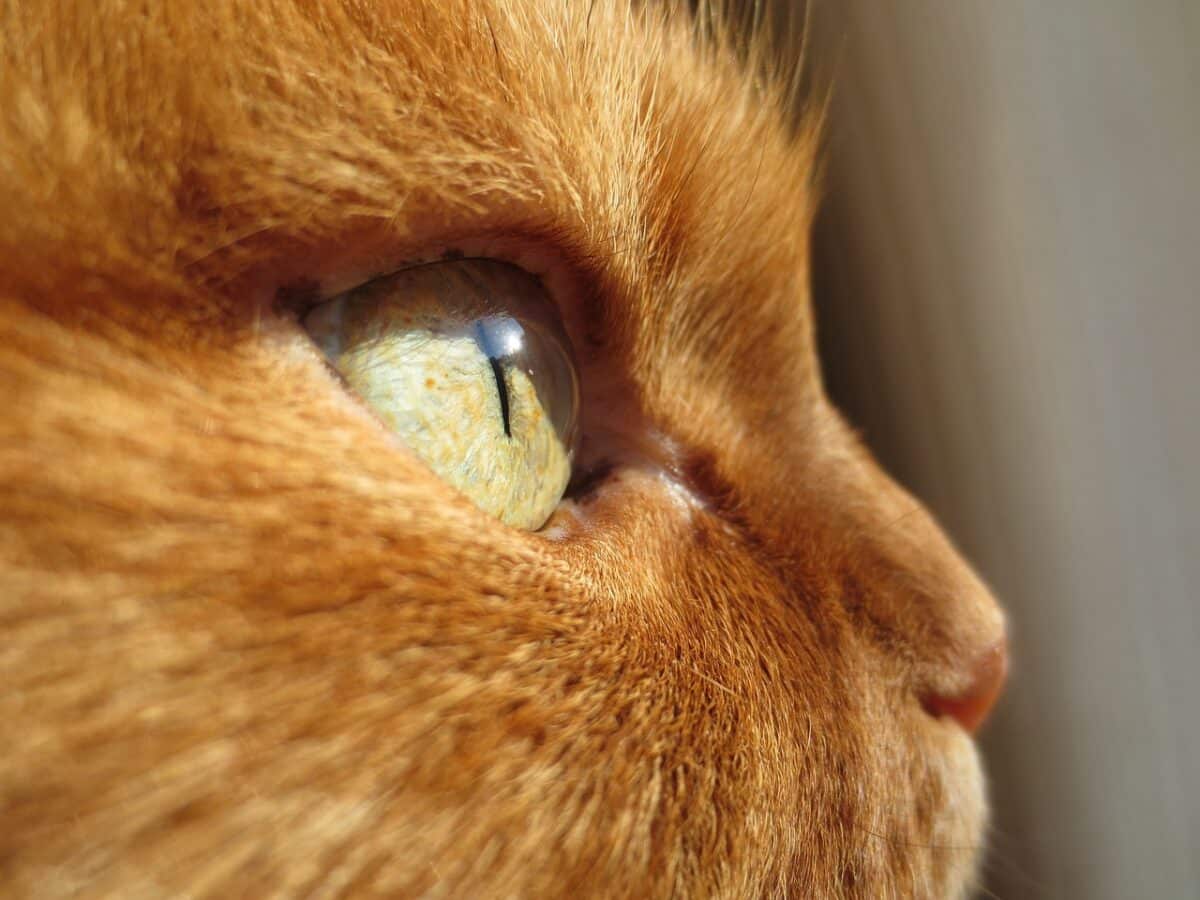
The Somali is a beautiful breed of cat that makes an excellent pet. With its unique fur and vibrant personality, it is sure to bring joy to any home it enters. Most importantly, Somalis require proper nutrition, consistent grooming, plenty of playtime and exercise, and regular check-ups to ensure they are healthy and happy. Giving your Somali companion these necessary components for a healthy life will reward you with an affectionate and loyal friend ready to share in all your adventures.
Thank you for reading this article! Perhaps you’re more of a dog person? Then you’ll enjoy our assessment of the Miniature Schnauzer.
- Escaped Elephant Takes a Walk in Montana - April 17, 2024
- Baby Gorilla Transferred to Foster Parents at Cleveland Zoo - April 17, 2024
- 6 Amazing Facts About 6 Different Dinosaurs - April 17, 2024

